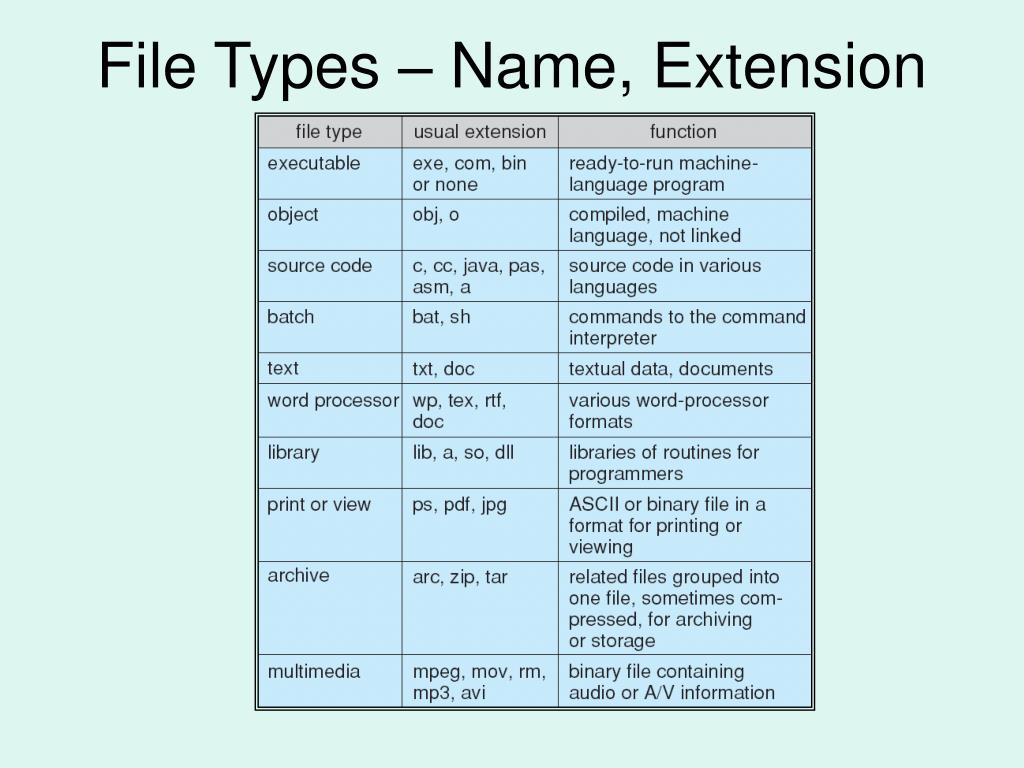The \enc command (see Insertions) can be used to provide
transliterations which will be used in conversions that do not support
the declared encoding. Indicate text that is a literal example of a sequence of characters,
entered ‘verbatim’. Indicate text that is a literal example of a sequence of characters,
entered ‘verbatim’, to be included within word-wrapped text. Displayed
within single quotation marks and
using typewriter font where possible. Indicate text that is a literal example of a piece of an R program,
e.g., a fragment of R code or the name of an R object.
- No function
is provided for finite-differencing, nor for approximating the Hessian
at the result. - You have to make sure that the column names specified in the Code exactly match the column names within the CSV file.
- For
.Rd documentation, marking the encoding and including
ASCII transliterations is likely to do a reasonable job. - The R Base Package has the ability to install extension packages for additional analysis or data manipulation tasks.
- The ‘w’ argument specifies that the file is opened in write mode.
If you are stuck with .ARC CSV, consider using the new PyArrow CSV parser in Pandas 1.4; you’ll get a nice speed-up, especially if your program is not currently taking advantage of multiple CPUs. Second, the elapsed time is even faster, in fact elapsed time is much lower than the CPU time.
Another helpful technique is to read CSVs directly into NumPy.
Because it’s a dictionary object, we’re able to quickly extract and print just the name and the country of each artist. Our next example shows how you can use the CSV reader module to read a list of strings instead of simply passing it a file name. Though each character is assigned a unique code point, code points are numbers, and numbers can be represented in binary code in many ways. E.g. the number 0x1234 can be represented in a 16-bit little-endian processor as 0x3412, in a 16-bit big-endian processor as 0x1234. Encoding forms (or encodings) are rules for representing all code points of a character set in binary form. As we’ll see, the same set of characters can have many encodings.

If you import this CSV file into a store that doesn’t have Avalara set up, then your import fails. For information about which columns are required, and which columns require that values are entered, refer to the considerations for product CSV files. Changing data in the Option1 Value, Option2 Value, or Option3 Value columns of the product CSV file deletes existing variant IDs, and creates new variant IDs. Any change to variant IDs values can break third-party dependencies on variant IDs. Our free comma separator tool automatically converts a column to a comma list or list to CSV (comma-separated values). You can do the reverse and convert a delimited list to a column.
Import Tabular Data from CSV Files into Pandas Dataframes
The conventions of markdown are very unobtrusive, which make Markdown files easy to read. The file below uses several of the most useful markdown conventions. In practice, authors almost always knit and convert their documents at the same time.
Return the next row of the reader’s iterable object as a list (if the object
was returned from reader()) or a dict (if it is a DictReader
instance), parsed according to the current Dialect. The string used to terminate lines produced by the writer. Instructs reader to perform no special processing of quote characters. The unix_dialect class defines the usual properties of a CSV file
generated on UNIX systems, i.e. using ‘\n’ as line terminator and quoting
all fields. All other optional or keyword arguments are passed to the underlying
reader instance. Of course, the Python CSV library isn’t the only game in town.


